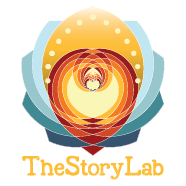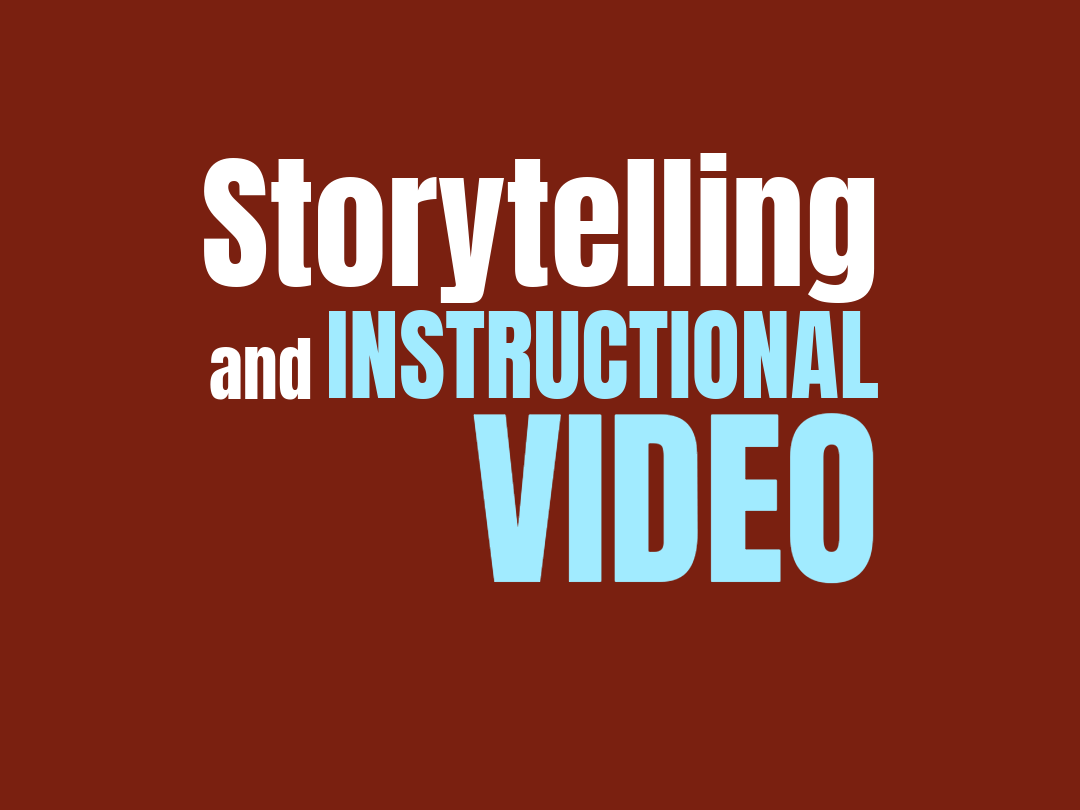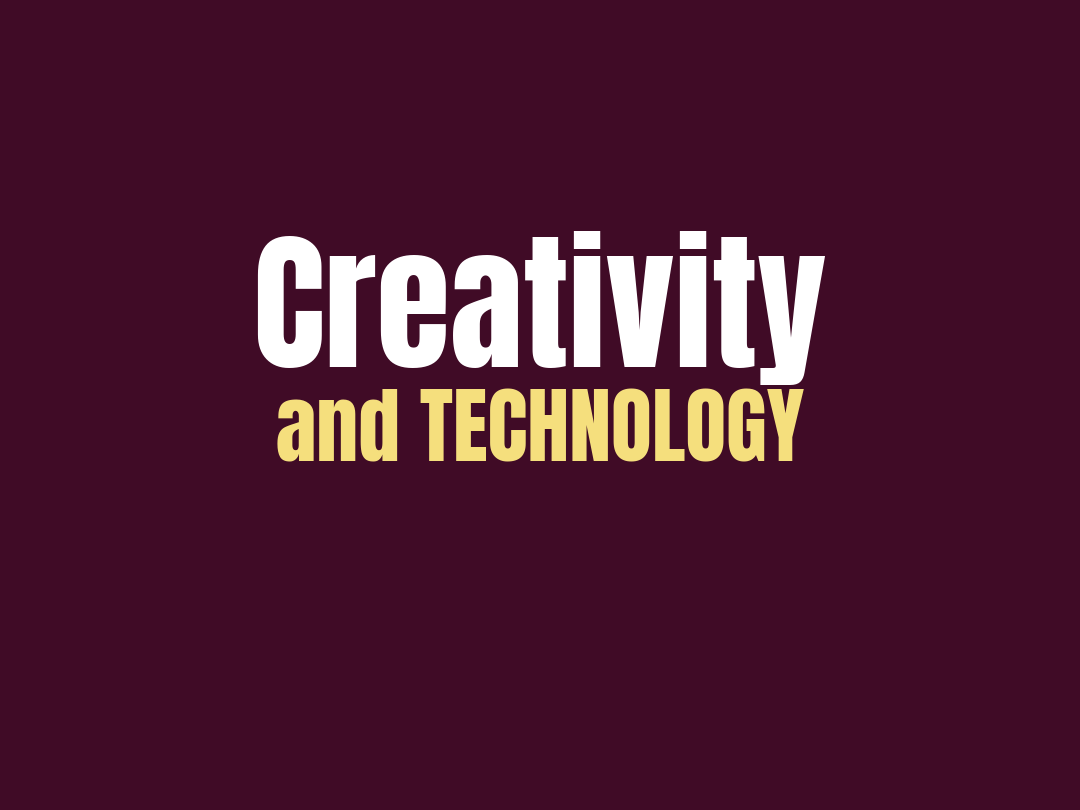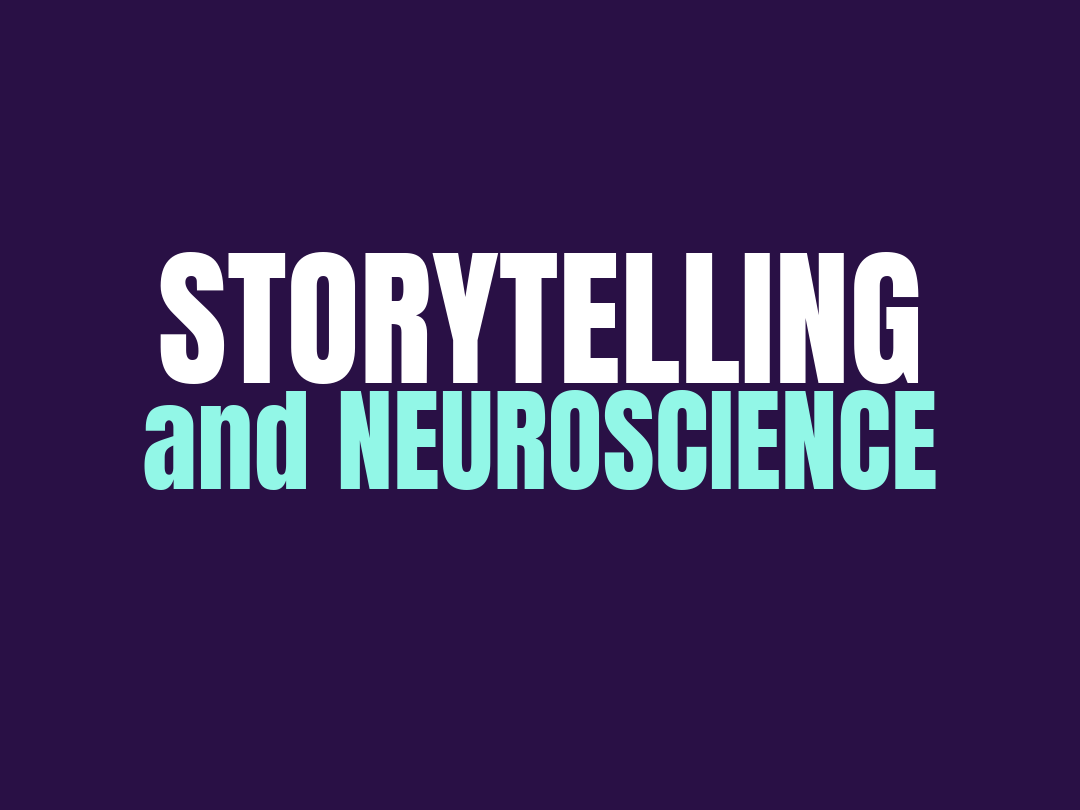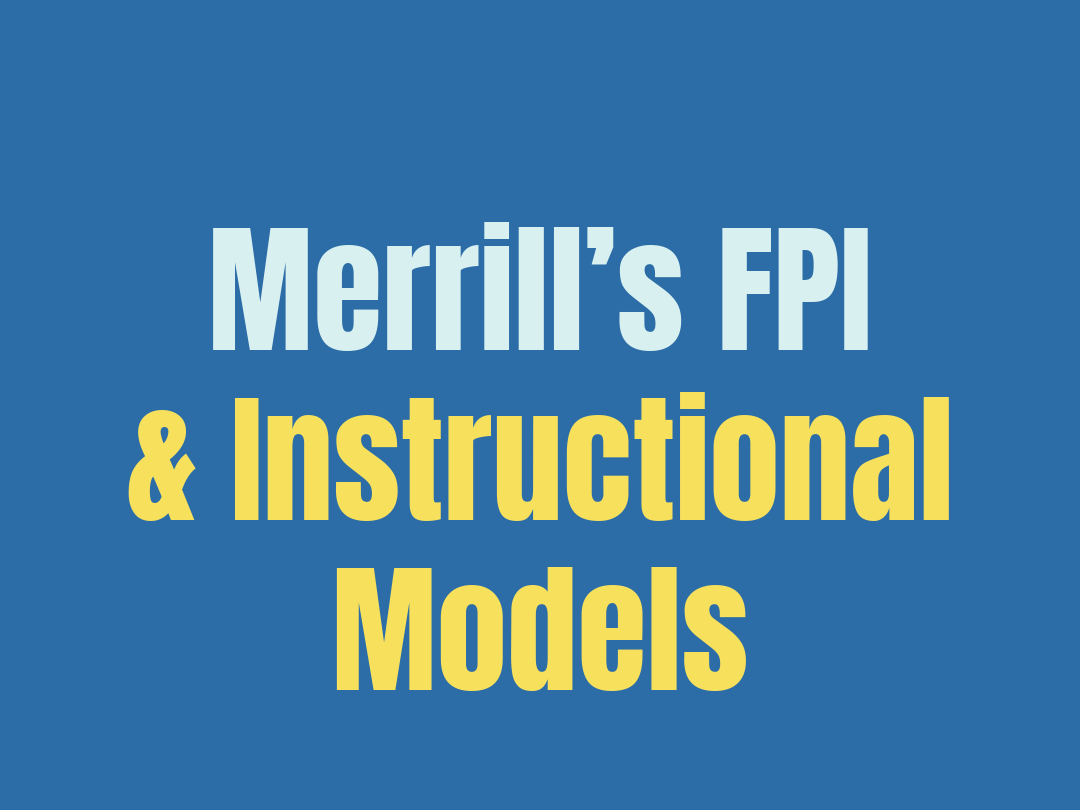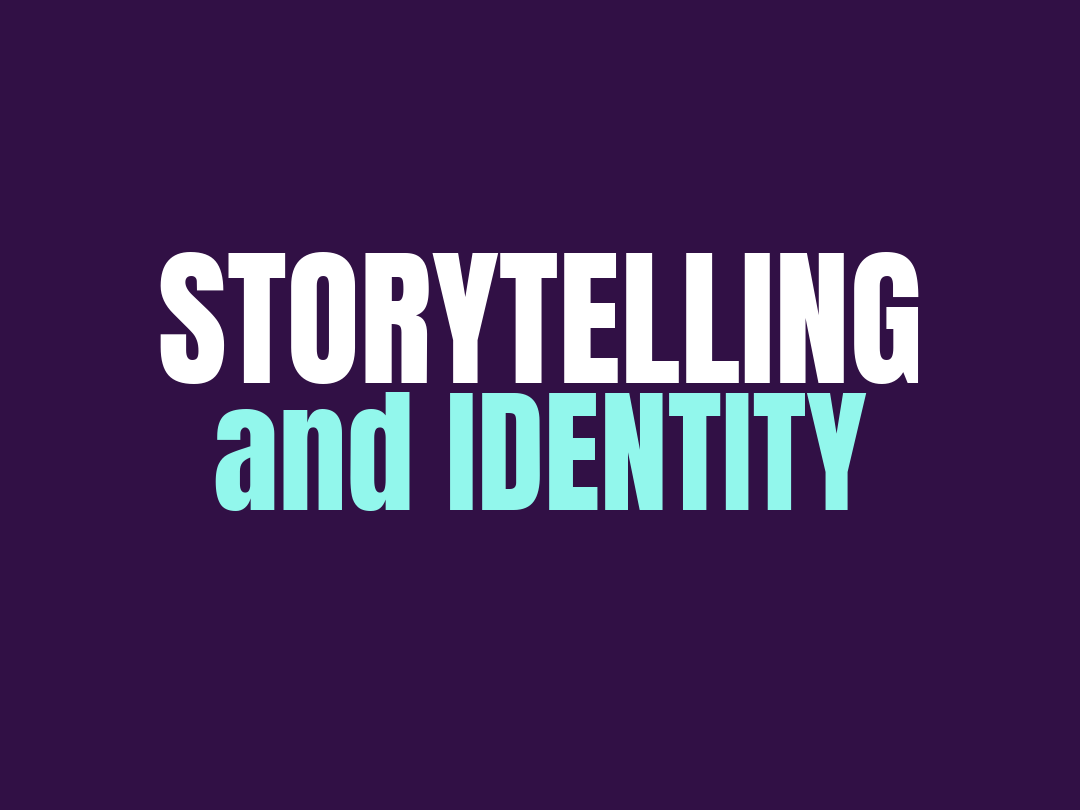Research, Inspiration, and Methodology
There are many projects and much research that take place throughout a year. One meaningful starting point for me was the inspiration I found while studying the life of Buckminster Fuller. His concept of the “Dimensional Mind,” which he defined as the ability to think comprehensively across systems, forms, and scales, helped shape his era. This perspective opened new ways of thinking about solutions for a better world, and his contributions continue to resonate deeply today.
Allegra Fuller Snyder, Buckminster Fuller’s daughter, reflects on her father’s unique understanding of consciousness:
“I believe that Bucky’s concept of mind is fundamentally about processing through experience. By ‘experiencing,’ I mean fully engaging one’s entire self—not merely being present or observing something, but actively doing it” (Brammer & Bellerophon Publications, Inc., 2016).
"Buckminster Fuller"—Made with Gemini
Which Model to Use?
Some of my experiences this year involved using a variety of tools and software, but perhaps the most important foundation of all was the mental process behind course design. These cognitive processes were supported by instructional models and frameworks that guided the creation of effective learning experiences. Models such as ADDIE, SAM, and Kirkpatrick, along with taxonomies like Bloom’s and HTA, helped navigate the complexities of designing impactful courses.
Eventually, I came across a process, recommended to me by Dr. Reo McBride, that provides a more cohesive and evidence-based design workflow. The IDD Blueprint demonstrates how aligning frameworks such as TNA (Training Needs Analysis), FPI (Merrill’s First Principles of Instruction), and HTA (Hierarchical Task Analysis) can strengthen each phase of instructional design. Each framework addresses a distinct layer of analysis, and together, they ensure the instructional solution remains both strategic and performance-oriented.
Instructional Design in Motion
An instructional design project brings together multiple perspectives—learners, subject matter experts, and organizational stakeholders. The designer’s role is to align learning objectives with organizational goals while translating expert knowledge into engaging, accessible experiences. Effective communication, collaboration, and evaluation ensure that every design decision supports both learner needs and organizational purpose.
To achieve this, strong organization and communication are essential, along with sound methodologies that guide the design process. True alignment occurs when the audience, needs, and objectives converge to produce meaningful learning outcomes.
Made with Gemini
Instructional design is both a creative and analytical process that, for me, combines storytelling, learning theory, and technology to create transformative learning experiences. The variety of projects in my portfolio demonstrates my ability to apply multiple frameworks and tools—such as ADDIE, SAM, and HTA—to develop learner-centered, research-based solutions.
Each project evidences my role as an instructional designer through systematic design documents, needs analyses, prototypes, and final deliverables that align with defined objectives and measurable outcomes. Together, they showcase not only technical proficiency with design software and learning management systems but also a consistent focus on engagement, clarity, and impact.
When developing the course Storytelling 360, it became clear that different tools and models enhance both efficiency and effectiveness. For instance, TNA (Training Needs Analysis) identifies performance gaps and learning needs, FPI (Merrill’s First Principles of Instruction) guides problem-centered learning design, and HTA (Hierarchical Task Analysis) breaks complex skills into clear, teachable steps. Together, these models connect needs analysis, instructional strategy, and task design into a cohesive, results-driven process.
Collaboration
As an instructional designer this year, I’ve gained valuable insights into the deeply collaborative nature of the design process. Collaboration extends beyond people—it also takes place among disciplines, models, frameworks, and tools. A single course may integrate audio, visuals, text, and graphics, while combining hybrid elements such as asynchronous and synchronous components, with portions delivered both in person and online. The flexibility is vast, and ultimately, everything comes down to what is most effective for the audience and how the instructional designer chooses to address the learning needs.
Made with Gemini
REFERENCES
Brammer, M. & Bellerophon Publications, Inc. (2016). Allegra Fuller Snyder. Metropolis: Architecture Design, 36(Issue 1).
